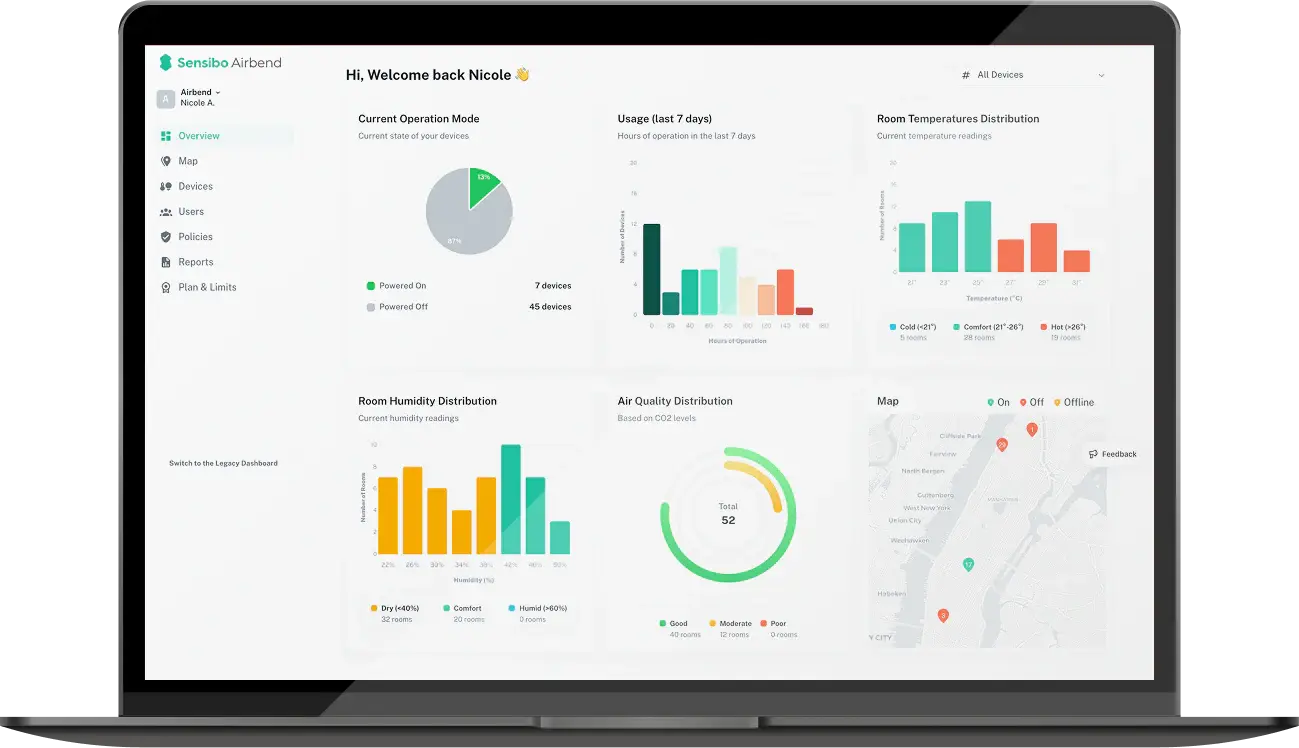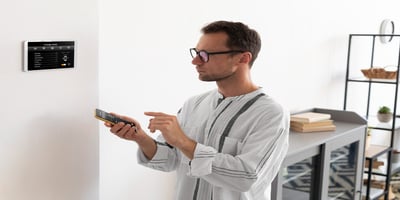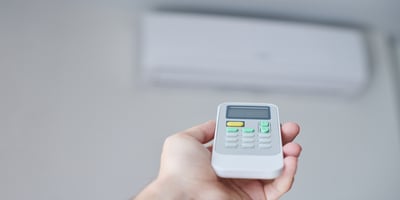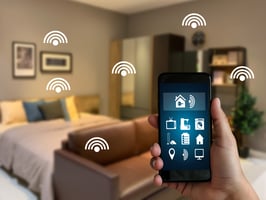Smart Cooling on a Budget: Is It Time to Upgrade Your Air Conditioning?
Your AC bill arrived last month, and you stared at those numbers longer than usual. Between the rising energy costs and that weird rattling sound coming from your unit, you're starting to wonder if throwing more money at repairs makes sense anymore. Sometimes the decision between fixing what you have and getting something new comes down to more than just dollars - it's about peace of mind during those sweltering August nights.
Should You Upgrade AC Unit Systems This Year?
Here's something most HVAC salespeople won't tell you upfront: not every AC problem requires a complete system replacement. But they also won't mention that hanging onto a dying unit can cost you way more than you think.
Performance Warning Signs That Signal Upgrade Time
Your electricity meter doesn't lie. If your bills keep climbing even though you're not cranking the thermostat lower, your AC is probably working overtime to deliver the same cooling. Older units typically have SEER ratings between 8-14, while newer models hit 15-25+. That difference adds up fast on your monthly bills.
Key indicators your system needs attention:
- Energy bills increasing consistently despite similar usage patterns
- Uneven cooling throughout different rooms or floors
- Excessive humidity levels that persist despite running the AC
- Strange noises or odors emanating from the unit
- Frequent cycling on and off throughout the day
Technology Integration Benefits
Smart technology integration provides another compelling reason to consider upgrading an AC unit. Modern systems work seamlessly with smart AC controller devices that let you monitor energy usage in real-time and adjust settings remotely. Suddenly you can see exactly how much that extra degree of cooling actually costs.
High-efficiency units can reduce energy consumption by 20-40% compared to systems over 10 years old, translating to substantial monthly savings that help offset upgrade costs over time.
When to Replace the AC Unit - Reading the Warning Signs
Most homeowners wait until their AC dies completely before shopping for replacements. Bad move. Summer breakdowns mean limited choices, inflated prices, and sleeping with fans until installation day.
The Industry-Standard $5,000 Decision Rule
Professional HVAC technicians use a simple formula: multiply your unit's age by the repair estimate. If the result exceeds $5,000, replacement typically offers better value than continued repairs. An air conditioning upgrade becomes financially sensible when this threshold is crossed.
Here's how the math works:
- 15-year-old system needing $400 repair = 15 × $400 = $6,000 (replace)
- 10-year-old system needing $350 repair = 10 × $350 = $3,500 (repair)
Strategic Timing Considerations
Timing matters enormously for replacement projects:
- Spring installations: Better contractor availability and often better pricing
- Fall replacements: Let you test everything before you actually need it
- Emergency summer jobs: Expect to pay 20-30% more because everyone else waited too long
Refrigerant Check
R-22 refrigerant creates another wrinkle. If your system uses this older coolant, repair costs keep climbing as supplies dwindle. R-410A systems avoid this problem entirely, making replacement more attractive for older R-22 units showing their age.
 Understanding Air Conditioner Lifespan Reality
Understanding Air Conditioner Lifespan Reality
Central air systems typically last 15-20 years with proper maintenance, but several factors dramatically affect actual air conditioner lifespan performance.
Environmental Factors That Shorten Equipment Life
Your location affects longevity more than most people realize:
- Coastal homes: Salt air corrosion can reduce lifespan to 7-12 years due to accelerated coil deterioration
- Desert locations: Dust infiltration and extreme temperature swings stress components
- High humidity areas: Extra strain on moisture removal systems increases wear
- Urban environments: Air pollution affects filter life and system cleanliness
Maintenance Impact on System Longevity
Monthly filter changes during heavy-use months prevent the most common cause of premature failure - restricted airflow. Annual professional service catches refrigerant leaks, electrical problems, and worn components before they cause expensive damage.
Maintenance habits that extend lifespan:
- Replace filters every 1-3 months during peak season
- Keep outdoor units clear of debris and vegetation
- Schedule annual professional tune-ups
- Address minor issues before they become major problems
Usage Pattern Effects
Homes that maintain steady temperatures experience less wear than places where someone constantly fiddles with the thermostat. Programmable controls reduce system cycling and extend component life while keeping everyone comfortable.
Repair Air Conditioner or Replace? Making the Smart Call
Knowing when to repair air conditioner systems versus replacing them entirely depends on more than just age and repair costs. Sometimes a $300 fix buys you three more good years, other times it's money down the drain.
Repair-Worthy Scenarios
Systems under 8 years old with isolated component failures usually make good repair candidates, especially if you've kept up with maintenance. Recent major repairs actually support continuing with fixes - you've already invested in keeping things running.
Replacement Red Flags
Multiple failures within short timeframes tell a different story. When your compressor fails six months after replacing the evaporator coil, the writing's on the wall. System-wide problems rarely resolve with individual component fixes.
Compressor replacement on older units creates a tough decision. New compressors cost $1,500-2,500 installed, but slapping new parts on worn systems often leads to other failures.
Professional Assessment Value
HVAC service calls typically cost $100-250 for assessment, with follow-up repairs charged either as flat fees or $100-250 per hour plus parts. Experienced technicians spot problems you might miss and can project realistic repair versus replacement costs based on actual system condition.
 Smart Cooling Technology Changes Everything
Smart Cooling Technology Changes Everything
Smart cooling doesn't require a complete system overhaul to deliver meaningful benefits. Sometimes the biggest improvements come from intelligent controls that optimize your existing equipment.
Learning Thermostat Benefits
Learning thermostats adapt to your schedule automatically, reducing energy waste during unoccupied periods without sacrificing comfort when you're home. Geofencing technology adjusts temperatures based on phone locations - arriving to a perfectly cooled house while saving energy all day.
Zone Control Advantages
Zone control systems let you cool spaces differently based on actual usage. Why maintain 72 degrees in guest bedrooms that sit empty most of the time? Targeted cooling can cut consumption by 25% or more without affecting comfort in main living areas.
Real-Time Energy Monitoring
Smart controllers can boost efficiency 10-20% through better scheduling and usage monitoring. Real-time energy monitoring reveals usage patterns you probably didn't know existed. Understanding how weather, occupancy, and temperature settings affect energy consumption helps optimize performance over time.
Budget-Friendly Air Conditioning Upgrade Strategies
Planning an air conditioning upgrade doesn't have to drain your savings account. Several approaches deliver improved performance without overwhelming financial strain.
Phased Improvement Approach
Smart controller installation provides immediate efficiency gains for existing systems. These devices optimize performance, provide usage insights, and enable remote control capabilities - often paying for themselves within two cooling seasons.
Other cost-effective improvements:
- Ductwork sealing: Addresses leaky ducts that waste 20-30% of conditioned air
- Insulation upgrades: Reduce cooling demands system-wide
- Window and door improvements: Minimize conditioned air loss
Financing and Incentive Programs
Many manufacturers offer zero-percent financing during off-peak installation periods. Federal tax credits apply to qualifying high-efficiency systems with SEER2 ratings of 17+ for split systems, while local utility rebates further reduce upfront expenses.
Maintenance Investment Strategy
Professional tune-ups and premium filter upgrades can extend system life by several years while improving efficiency. This approach provides time to save for eventual replacement while maintaining adequate cooling performance.
The phased approach works well for budget-conscious homeowners. Start with smart controls and maintenance, then tackle ductwork and insulation before eventually replacing equipment. Each step improves performance while building toward a complete air conditioning upgrade over time.
Time to Beat the Heat (and Your Bills)
Your AC decision affects comfort and costs for the next decade or more. Skip the emergency replacement drama by evaluating your system before peak summer demand hits. Sometimes smart upgrades to existing equipment provide the biggest bang for your buck, other times full replacement makes more sense financially. Either way, taking action during shoulder seasons saves money and stress when the temperature really climbs.
FAQ
How can I tell if my AC needs replacement instead of repairs?
Calculate your system's age times the repair estimate - if it exceeds $5,000, replacement usually makes more financial sense. Also consider repair frequency and energy bill trends over the past few years.
What's a realistic lifespan for central air conditioning?
Central systems typically last 15-20 years with regular maintenance, but environmental factors like coastal salt air or desert dust can shorten this significantly. Quality installation and annual service extend the lifespan considerably.
Can smart technology really improve my old AC's efficiency?
Smart controllers and programmable thermostats can boost efficiency 10-20% through better scheduling and usage monitoring. They won't fix mechanical problems but maximize performance from existing equipment.
When should I schedule an AC replacement to get the best deals?
Spring and fall offer better contractor availability and pricing. Avoid emergency summer replacements when demand peaks - you'll pay 20-30% more and have limited equipment choices.
How much money can a high-efficiency upgrade actually save me?
Modern units use 20-40% less energy than systems over 10 years old. Depending on your usage and local rates, this translates to $200-800 annual savings, helping offset replacement costs over time.






































